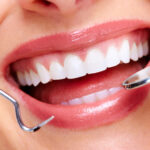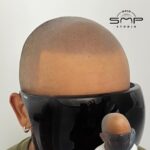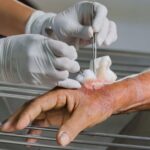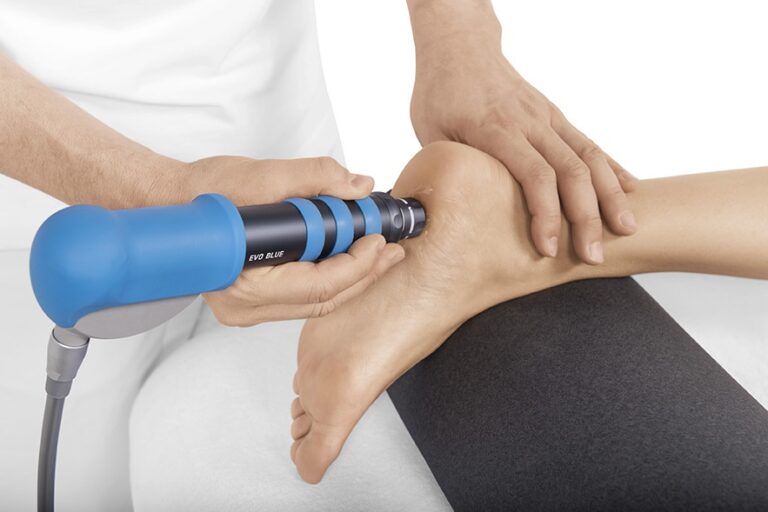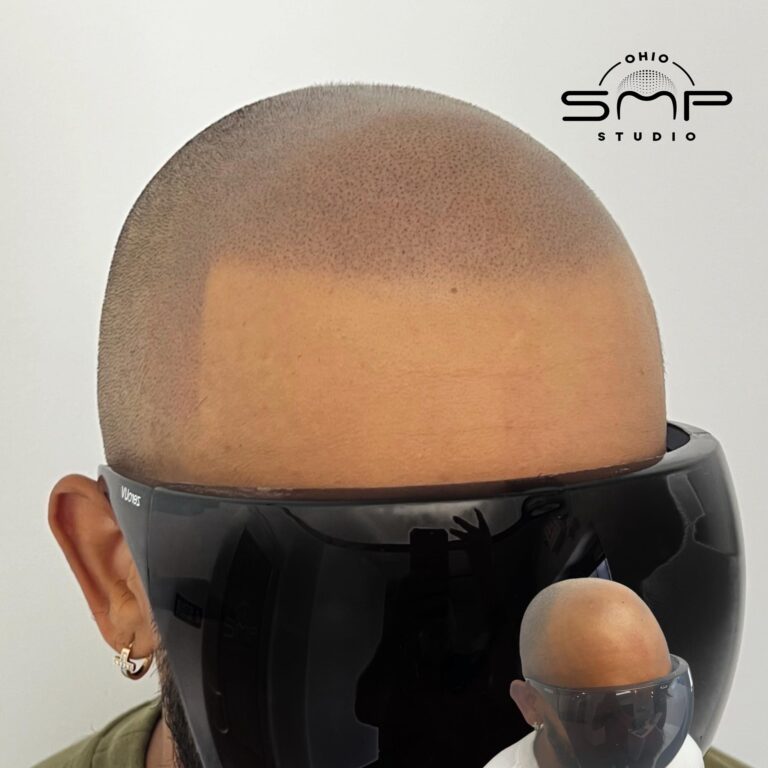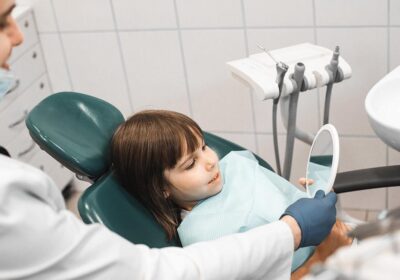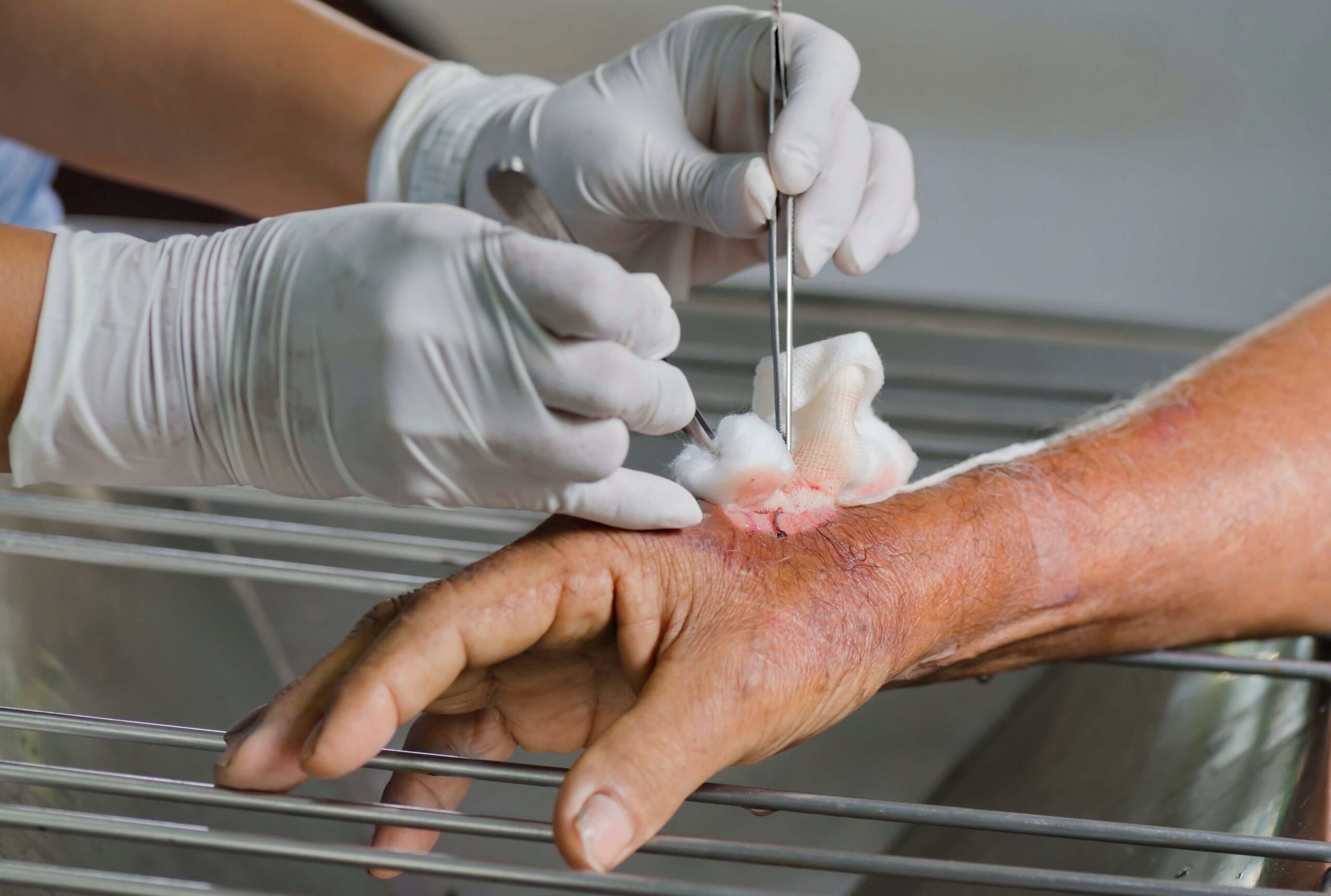
What Is Sharp Debridement and How Does It Help?
Wound healing is a complex biological process that relies on a clean, healthy wound bed to progress through the stages of repair. When wounds contain dead tissue, slough, or infection, healing can stall, leading to chronic or non-healing wounds. This is where sharp debridement comes in—a highly effective medical technique used to remove non-viable tissue and promote faster, more complete healing. Understanding what sharp debridement is, how it works, and when it’s necessary is key to optimizing wound care outcomes.
What Is Sharp Debridement?
Sharp debridement is a precise, medical procedure in which a trained clinician uses sterile instruments—such as scalpels, scissors, or curettes—to remove devitalized (dead), infected, or contaminated tissue from a wound. The goal is to expose healthy, viable tissue and create the ideal environment for healing.
Unlike other methods of debridement, such as enzymatic or autolytic techniques, sharp debridement allows for immediate removal of necrotic tissue. It is considered the fastest and most controlled form of debridement and is particularly beneficial for wounds that are large, infected, or slow to heal.
This technique is commonly performed by wound care specialists, podiatrists, and surgeons in both inpatient and outpatient settings. It is a cornerstone of advanced wound management, especially for chronic wounds like diabetic foot ulcers, pressure injuries, and venous stasis ulcers.
Why Dead Tissue Must Be Removed
When a wound contains necrotic tissue or slough, it becomes a breeding ground for bacteria. The presence of dead tissue:
-
- Prevents the formation of new granulation tissue
-
- Impedes oxygen and nutrient delivery
-
- Increases the risk of infection
-
- Traps exudate and toxins
-
- Delays wound closure
By removing this barrier, sharp debridement allows the wound to restart the healing process. The procedure exposes healthy tissue, stimulates circulation, and enhances the delivery of oxygen and nutrients to the wound bed—conditions necessary for cellular regeneration and collagen synthesis.
How Sharp Debridement Is Performed
Sharp debridement requires skilled hands and a sterile environment. The process begins with a thorough wound assessment to determine the type and extent of necrotic tissue. The clinician will typically follow these steps:
-
- Assessment and Preparation – The wound is examined to identify viable versus non-viable tissue. Pain management or local anesthesia may be administered depending on the depth and sensitivity of the wound.
-
- Tissue Removal – Using a scalpel, curette, or surgical scissors, the clinician carefully removes necrotic tissue, slough, and debris. The goal is to leave behind only living tissue that can support healing.
-
- Bleeding Control – Some bleeding is normal and even beneficial, as it indicates the return of healthy blood flow to the area. The clinician will control excessive bleeding using sterile gauze or hemostatic agents.
-
- Cleansing and Dressing – Once debridement is complete, the wound is thoroughly cleaned and dressed using advanced wound care products designed to maintain moisture and prevent infection.
In some cases, sharp debridement is repeated periodically to ensure that any newly formed necrotic tissue is removed as the wound continues to heal.
Types of Sharp Debridement
There are two primary forms of sharp debridement, depending on the extent of tissue removal needed:
-
- Conservative Sharp Debridement – Performed at the bedside or in an outpatient clinic, this method removes small amounts of dead tissue without entering healthy or deep structures. It’s often used for chronic wounds that require maintenance.
-
- Surgical Debridement – Conducted in an operating room, this approach removes extensive necrosis or infected tissue that extends into deeper layers like muscle or bone. Surgical debridement is typically reserved for severe cases such as abscesses, osteomyelitis, or gangrene.
Benefits of Sharp Debridement
Sharp debridement offers several clinical advantages that make it one of the most effective wound care procedures available today.
- Accelerated Healing
By immediately removing necrotic tissue, sharp debridement allows the wound to transition from the inflammatory phase to the proliferative phase of healing. The presence of a clean wound bed supports the growth of granulation tissue and new blood vessels, leading to faster recovery.
- Infection Control
Dead tissue provides a nutrient-rich environment for bacteria. Removing it reduces bacterial load and decreases the risk of infection and sepsis. In infected wounds, sharp debridement is often the first and most important step in infection management.
- Improved Efficacy of Other Treatments
Once the wound bed is clean, advanced therapies—such as Hyperbaric Oxygen Therapy (HBOT), Placental Allografts, or negative pressure wound therapy—become more effective. These treatments rely on healthy tissue for optimal oxygen delivery, cell growth, and graft adherence.
- Enhanced Visualization and Assessment
Debriding the wound allows clinicians to better evaluate the underlying structures and accurately measure the extent of injury. This leads to more targeted and personalized wound care plans.
- Pain and Odor Reduction
Necrotic tissue can cause pain, inflammation, and unpleasant odors. Removing it not only improves wound appearance but also enhances patient comfort and quality of life.
When Sharp Debridement Is Necessary
Not every wound requires sharp debridement, but it becomes essential in certain cases:
-
- Presence of thick eschar or black necrotic tissue
-
- Chronic wounds that have stalled despite standard care
-
- Infected wounds with purulent drainage
-
- Diabetic ulcers or vascular wounds with slough buildup
-
- Post-surgical wounds with tissue necrosis
-
- Wounds requiring preparation for graft or flap placement
However, sharp debridement is contraindicated in patients with inadequate blood supply to the affected area, uncontrolled bleeding disorders, or those receiving anticoagulant therapy without proper precautions.
The Role of Skilled Clinicians
Because sharp debridement involves precision and the potential for bleeding, it must be performed by a qualified healthcare professional. Wound care specialists are trained to distinguish viable from non-viable tissue and to avoid damaging healthy structures. Their expertise ensures the procedure is performed safely, effectively, and with minimal discomfort to the patient.
The Path to Faster Healing
Sharp debridement is not a standalone solution—it’s part of a comprehensive wound care strategy. Once the wound bed is properly cleaned, clinicians can apply advanced therapies to enhance healing. This may include oxygen-based treatments, biologic grafts, antimicrobial dressings, and pressure relief techniques.
By combining sharp debridement with proper wound care, patients can achieve faster healing times, lower infection rates, and improved long-term outcomes.
Conclusion
Sharp debridement remains one of the most effective and clinically proven methods for managing complex or chronic wounds. By swiftly removing necrotic tissue, it restores the natural healing environment, reduces infection risks, and allows the body to begin regenerating healthy tissue.
In the hands of a skilled clinician, sharp debridement can make the difference between a wound that lingers for months and one that heals efficiently. For patients suffering from stubborn or infected wounds, it represents a vital step toward recovery, comfort, and restored quality of life.






